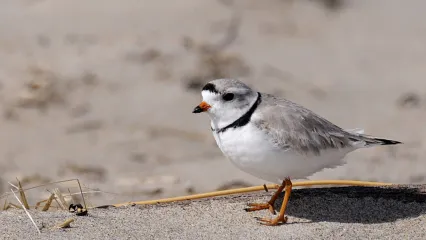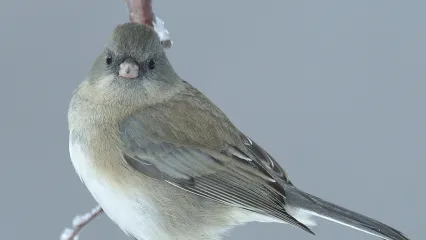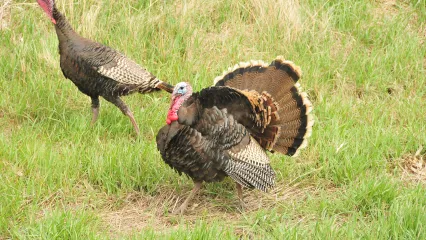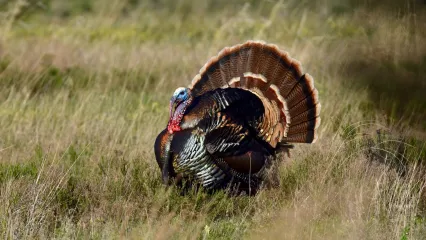
Description
This stocky shorebird plumage characteristics include a sand-colored back, a white underside, and orange legs. Adults develop a black forehead, black breast band, and an orange bill with a black tip during the breeding season.
Size
The piping plover is 6-7 inches long, with a wingspan of 19 inches.
Habitat
Many reservoirs throughout the state have harbored piping plovers for brief periods and single birds are usually documented at stopover sites. As with other plovers, piping plovers often select mudflats and sandbars to forage for invertebrates. The birds seen in Oklahoma are all part of the Northern Great Plains population and typically occur in the state from March to May, and July to September.
Life Cycle
This species typically breeds along shorelines of rivers and lakes from Kansas to Canada, though one nesting record exists in the Oklahoma Panhandle. It overwinters along the Gulf Coast.


